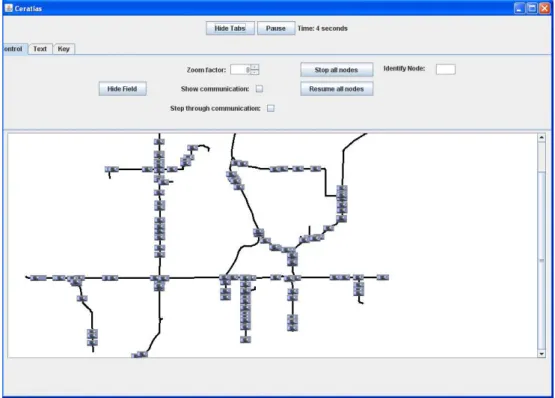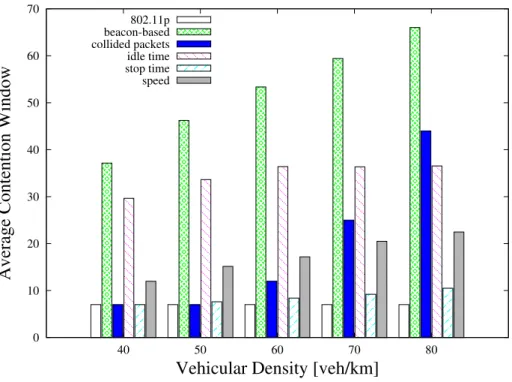Congestion Control in Vehicular Ad Hoc Networks
Texte intégral
Figure
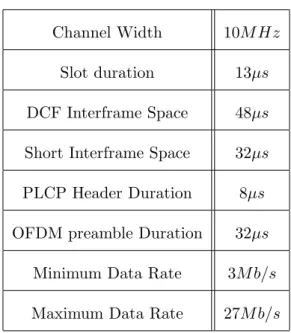

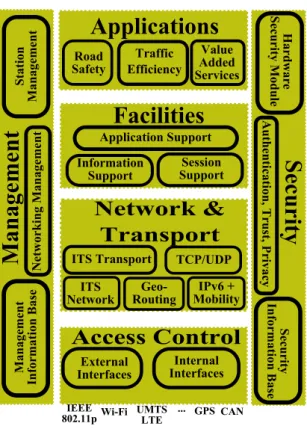
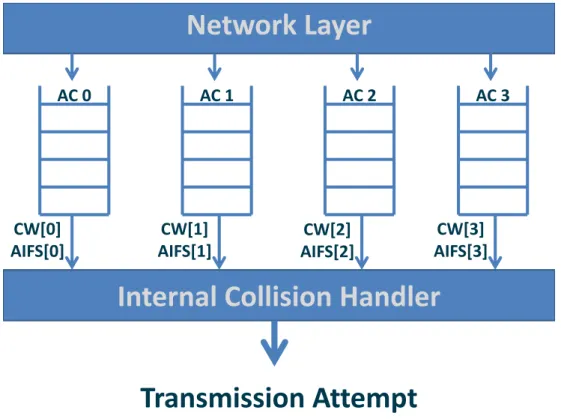
Documents relatifs
At time 18 the lost packet is acked, the source exits the fast recovery mode and enters congestion avoidance.. The congestion window is set to the
In a more complex network setting, does AIMD distribute rates according to max‐min. fairness or
At time 18 the lost packet is acked, the source exits the fast recovery mode and enters congestion avoidance.. The congestion window is set to the
In this section, we have evaluated and compared some routing protocols for video streaming in VANET, such as AODV, AOMDV, DSR, and DSDV in function of vehicle density
In the Poisson-renewal model of non-slotted Aloha τ = B/(B + ε); i.e., the ratio between the packet duration time and the mean inter-transmission time... 2) Interference
We first prove that, surprisingly, even when all nodes transmit at the same power, finding a simple unicast path that guarantees enough remaining energy locally at each node in
• The basic expression for the probability of packet capture at the distance R from the receiver, valid for both slotted and non-slotted systems given Rayleigh fading and no
Transport layer protocols provide end-to-end data delivery without having any knowledge on the network structure, like number of hops, parameters of communication link and so
